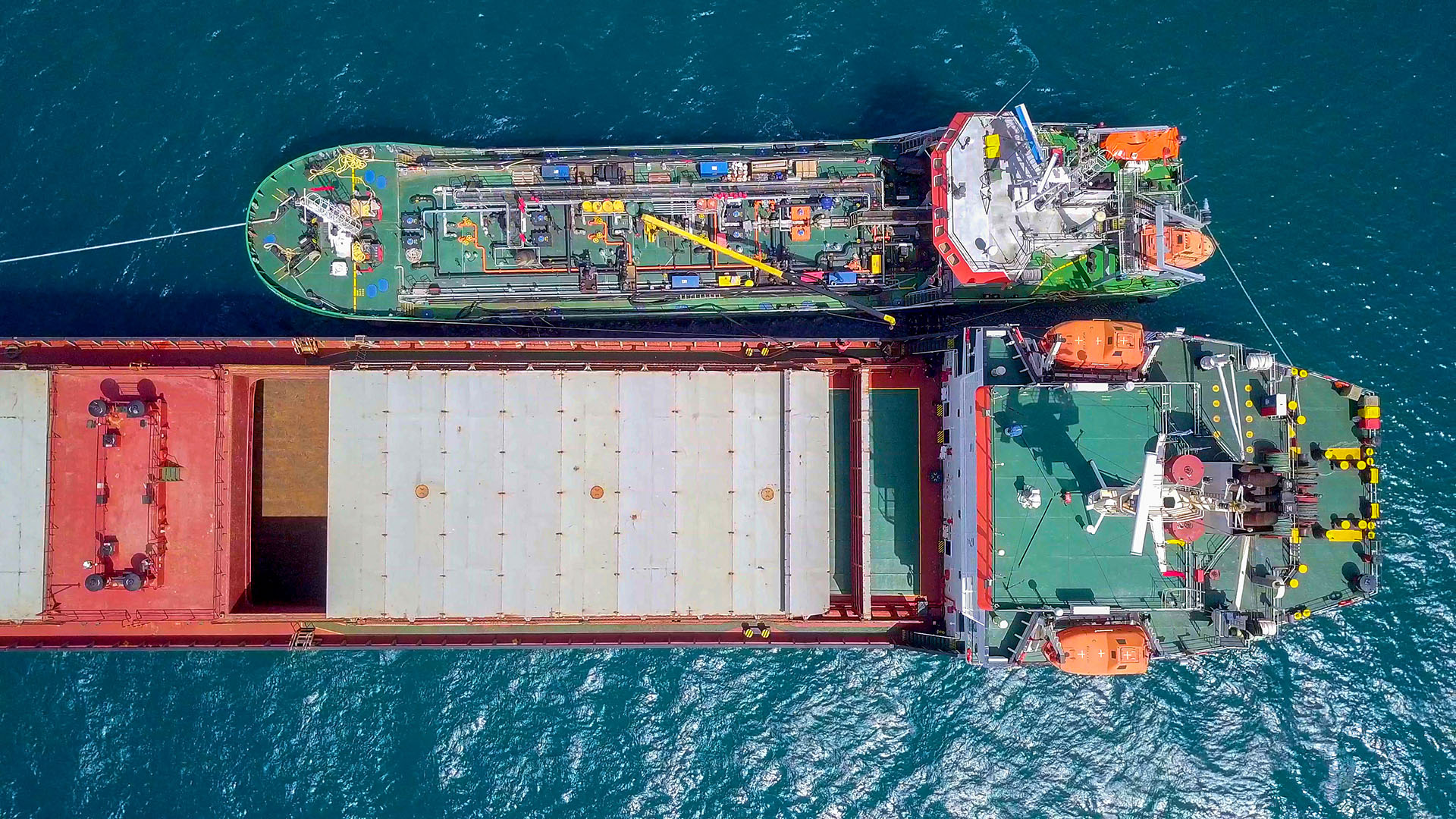Fuel remains the single largest operational cost for most shipowners, accounting for anywhere between 30% to 50% of total vessel OPEX.
With volatile bunker prices and the added cost of carbon through schemes like EU ETS, every drop of fuel burned now carries a financial and environmental weight. Fuel efficiency isn't just a technical issue, it's a bottom-line imperative.
Why Every Drop Counts
As global fuel prices fluctuate and decarbonization levies increase, small inefficiencies add up quickly. A 1% reduction in fuel use across a 10-ship fleet can translate into hundreds of thousands of dollars saved annually. Yet many inefficiencies remain hidden without granular data:
- Hull fouling can add up to 30% more fuel burn.
- Suboptimal speed profiles waste fuel during slowdowns or unnecessary acceleration.
- Poor engine tuning or maintenance oversights go unnoticed until breakdowns or audits.
How High-Frequency Data Unlocks Fuel Savings
Continuous Performance Monitoring
High-frequency data (HFD) enables second-by-second visibility into fuel consumption, engine load, shaft power, and vessel speed. This allows shoreside teams to:
- Detect deviations from fuel efficiency benchmarks.
- Catch overconsumption early, as in the case where a transpacific vessel burned 12.35 MT more fuel in a week due to speed fluctuations, costing $4,300 that could have been avoided with real-time alerts.
Real-Time Speed Optimization
Tools like Danelec Voyage Insights use HFD to build dynamic Speed & Consumption (S&C) curves, showing the optimal engine load and RPM for varying sea states. This enables Just-in-Time (JIT) arrival strategies, helping vessels reduce idling at anchor and avoid "hurry up and wait" scenarios.
- Estimated savings: Up to 14% fuel per voyage by optimizing speed based on live conditions.
Case Studies & Results
"With HFD, we're getting much more accurate consumption calculations and real-time monitoring of vessel performance, which is not possible with low-frequency updates."
- Willem Bekooy, VP of Operations, Emirates Shipping Line
Bulk Carrier Example
After installing an HFD solution, a vessel reduced fuel consumption by 5% over a Pacific voyage. The system identified that sailing slightly below chartered speed improved engine load and cut fuel use without delaying arrival.
Log-In Logística Intermodal Recap
Log-In achieved a 3.12% fleet-wide reduction in emissions and fuel use, equating to removing 278 cars from the road annually. If fuel costs $600/MT, that reduction translates to hundreds of thousands of dollars per year across even a mid-sized fleet.
Beyond the Numbers: Other Benefits of Efficiency
Emissions Reduction
Less fuel burned means less CO2 emitted. That supports CII compliance, lowers carbon costs under ETS, and strengthens ESG reporting for investors and partners.
Engine Longevity
Optimal loading reduces wear-and-tear. Real-time monitoring can catch small anomalies (e.g., rising exhaust temp) before they result in engine damage, reducing long-term maintenance costs.
How to Get Started with Data-Driven Fuel Management
Start Monitoring Key Metrics
Even older vessels can be retrofitted with:
- Flow meters for fuel
- Shaft power sensors
- Real-time telemetry from engine control systems
This foundational data enables everything from basic performance alerts to full digital twin modeling.
Set Benchmarks and Alerts
Using historical performance curves, operators can set expected fuel rates and create alarms for when a vessel deviates by more than a set percentage. HFD makes it possible to spot inefficiencies in real time.
Continuous Improvement Loop
Pair HFD with noon report benchmarking to:
- Debrief after each voyage
- Update speed policies
- Calibrate routing tools with real-world data
Conclusion: The Payoff of Precision
In today’s high-cost, low-margin shipping environment, data-driven fuel management delivers one of the strongest returns on investment available. With HFD, you’re not just saving fuel, you’re gaining insight, improving safety, and building a fleet that’s ready for a regulated, decarbonized future.




